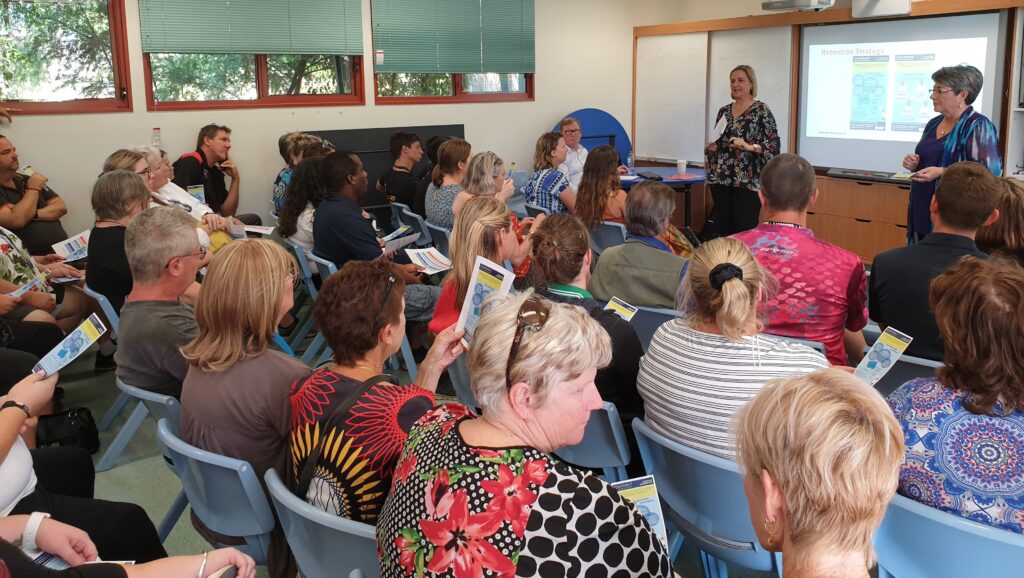More than just lip service
Consultation is an essential part of managing change in the workplace. Change can be stressful, even dangerous if not managed properly.
Good consultation processes promotes change in a manner which can improve the way a workers respond. This lowers the negative impacts of change, which almost invariably requires people to do something different in their work.
The benefits of consultation are so universally accepted that the Fair Work Act requires all enterprise agreements have a consultation clause.
Unfortunately, workplace consultation is often done poorly. Some managers unilaterally impose change on the workplace, because they do not understand what consultation means.
Frequently, consultation is confused with information: employers inform workers what, when and how change will take place and leave it at that. However, informing employees of change is merely the first step in the consultation process: workers must then be provided the opportunity to participate meaningfully in the decisions leading to change.
Successful consultation follows a series of stages, each involving clear communication, staff engagement and feedback following decision-making. From the beginning, employees need be made aware of exactly what change is being proposed, the intended implementation process (especially timelines) and how decisions will be made.
Employees’ views and opinions then need to be sought on both the proposed change and the process of change. This can be done a variety of ways – consultation meetings, surveys, online forums – as long as there is substantial dialogue between employer and affected employees.
Finally, there needs to be transparency as how decisions regarding change have been made, an accessible record of employee input and ability for employees to provide feedback on the consultation process.
An important provision in the management of change clause in enterprise agreements is that employee representatives are part of the consultation process. In the case of the majority of workers in public schools in the Northern Territory, that means the AEU NT.
It is one of the reasons why the Department of Education is required to consult the union before it implements major change in the system.
Failure to consult with the AEU NT has led, on occasion, to industrial disputes, which almost always have negative impacts on the employer’s plans to implement change. On the other hand, consulting with employees and the union has demonstrably led to better outcomes.
The recent change to the Katherine housing subsidy is an example of successful consultation. Because the proposed measure was a major change to the conditions of employment for teachers in Katherine, DoE was required to consult with affected employees. Consultation took the form of scheduled meetings during work hours, where departmental officials explained the nature of the change, why it was taking place, and how it was to be implemented.
Employees provided feedback individually at the meetings and online and, most crucially, as a group through their employee representative, the AEU NT. The Department gave the feedback the attention it required in a proper consultation process, and adjusted the initial change proposal to something less drastic: employees who were receiving the subsidy would keep it for the life of their current employment, while new employees will receive a gradually reduced subsidy over the next three years.
As a result of proper consultation, both the employer and Katherine teachers engaged in a non-disruptive and participatory change process. It provided the change the employer wanted to implement, but in a slightly changed form with a less negative impact on the existing workforce.
This article was first published in the Term 1, 2020 edition of the Territory Educator magazine.

